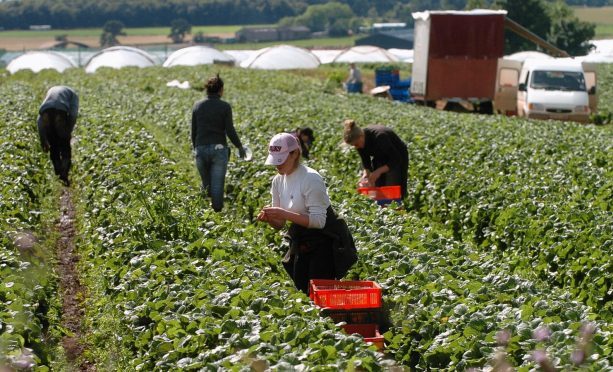Shortages in numbers of agriculture and horticulture workers risk becoming a “crisis” if urgent action is not taken to fill gaps in labour supply, MPs have said.
In a report launched following claims that labour shortages could see food rotting in fields, the parliamentary Environment, Food and Rural Affairs Committee said UK agriculture could not function without foreign labour.
Since the vote to leave the European Union, where many seasonal and farming workers come from, businesses have had increased difficulty in recruiting foreign labour, committee chairman Neil Parish said.
The report found Government statistics are inadequate for measuring agricultural labour needs, particularly around seasonal labour.
They must be reviewed by the end of 2017 to make sure they are adequate for making employment and immigration policy post-Brexit, the report urged.
The Home Office has said a new “seasonal agricultural workers scheme”, which is unnecessary while the UK retains free movement of labour with the EU, could be introduced in a short period of time, some five to six months.
It is “vital” the labour supply available to the agriculture and horticulture sectors does not dry up because of uncertainty caused by new immigration arrangements instituted following the UK’s exit from the EU, the MPs said.
Mr Parish said: “Without sufficient labour, both from the UK and overseas, agricultural and horticultural businesses cannot function.
“For a long time the industry has relied on foreign workers to perform temporary and permanent roles to make good shortages in the availability of UK labour; UK agriculture could not function without foreign labour.
“The period since June 23, 2016, has seen increased difficulties for businesses recruiting foreign labour and has presented severe challenges for the industry.
“Government statistics do not properly measure the problem and should be reviewed so that the sector is confident that post-Brexit immigration policies are based on an accurate assessment of agriculture’s demand for, and supply of, foreign labour.”










